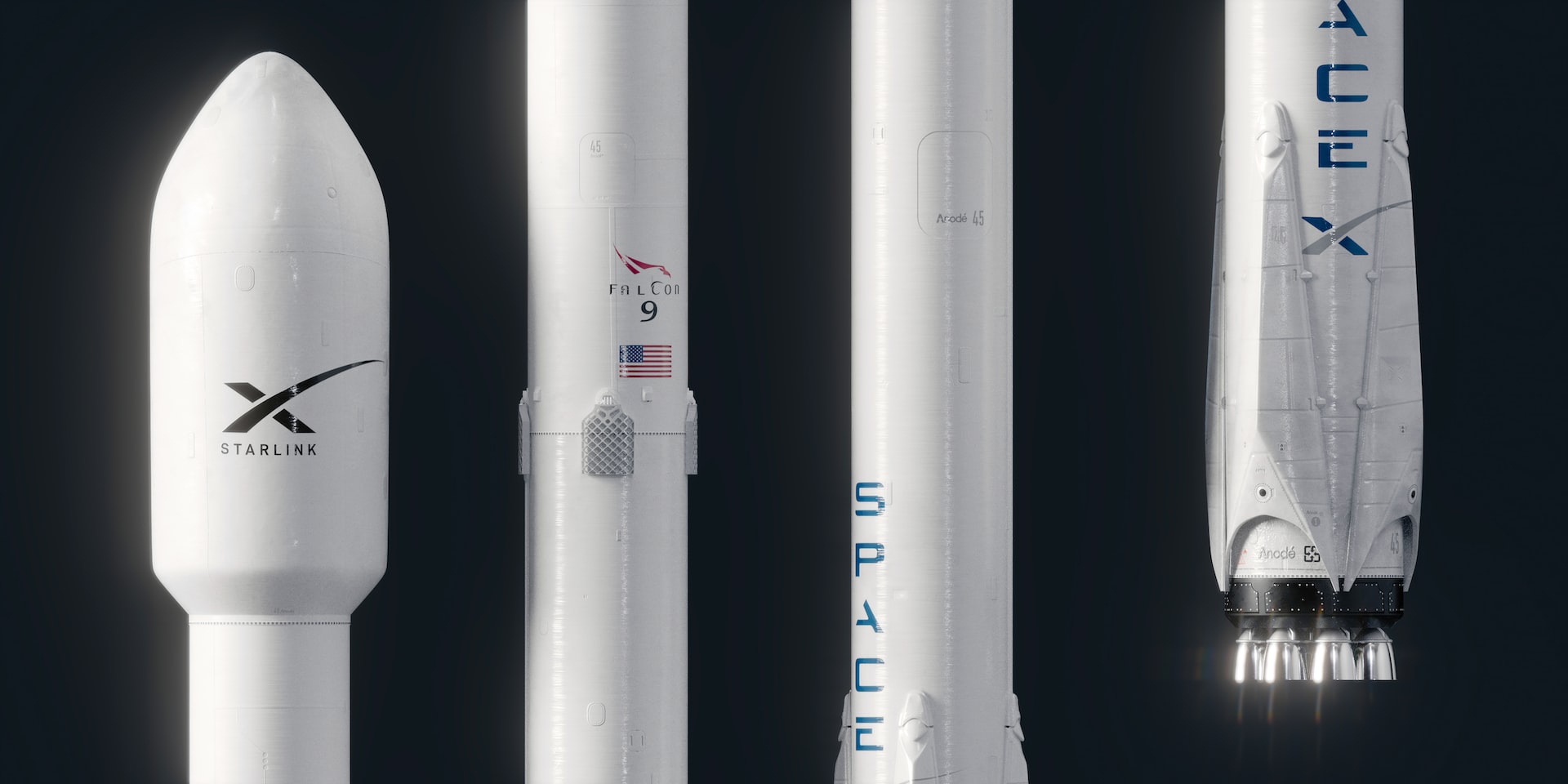The Future of Space Tourism: What it Could Look Like

Space tourism has been a topic of discussion for decades. With the advancement of technology and the increasing interest in space exploration, space tourism has become more than just a science fiction idea. In recent years, the concept of space tourism has started to become a reality, and it’s been growing rapidly, generating millions of dollars in revenue. However, despite the potential financial rewards, there are still many uncertainties and limitations surrounding space tourism, and it’s still in its early stages.
The Current State of Space Tourism
Space tourism has been around for several decades, but it has only been in recent years that it has started to gain momentum. The first commercial space flight was in 2001, when the American businessman Dennis Tito became the first space tourist, paying a hefty $20 million for the privilege. Since then, space tourism has become more accessible and affordable for wealthy individuals, and the industry has been growing.
In recent years, private companies such as SpaceX and Blue Origin have entered the market and are working on developing reusable spacecraft, making space travel more affordable and accessible. Companies such as Virgin Galactic and Blue Origin offer suborbital space flights, while others such as SpaceX offer orbital space flights. These companies are currently focused on providing tourist experiences, but they also have plans for space research, satellite launches, and even space mining.
The Potential for Space Tourism
Space tourism has the potential to be a huge industry, generating millions of dollars in revenue. According to a report by the Space Foundation, the global space industry was worth $350 billion in 2019, and space tourism was estimated to be worth $3 billion. The demand for space tourism is increasing, and it’s estimated that there will be millions of space tourists by the end of the decade.
Space tourism offers a unique experience and the opportunity for people to experience zero gravity, see the earth from a different perspective and visit space stations. It’s an experience that only a select few have had the opportunity to experience, but with the advancements in technology and the growth of the industry, space tourism has the potential to become a mainstream experience.
The Limitations of Space Tourism
Despite the potential for space tourism, there are still several limitations that need to be addressed. The biggest limitation is the cost, as space travel is still expensive, and only wealthy individuals can afford it. Additionally, space travel is still considered to be dangerous, and there are still many technical challenges that need to be overcome.
Another limitation of space tourism is the lack of regulation. Currently, there is no international agreement on the regulation of space tourism, and it’s up to individual countries to regulate it. This has led to a lack of consistency and standardization in the industry, which could pose a risk to the safety of tourists.
Conclusion
Space tourism is still in its early stages, but it has the potential to become a huge industry, generating millions of dollars in revenue. The demand for space tourism is increasing, and with the advancements in technology and the growth of the industry, space tourism has the potential to become a mainstream experience.
However, there are still several limitations that need to be addressed, including the cost, the dangers of space travel, and the lack of regulation. Despite these challenges, space tourism is an exciting industry that offers a unique and unforgettable experience, and it’s something that people will continue to be interested in for years to come.





